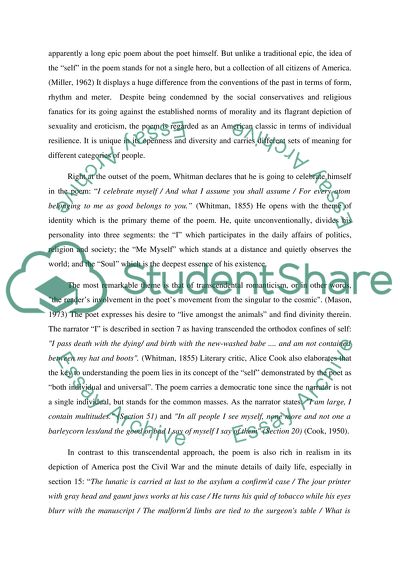Cite this document
(“Responding to 'America': a comparison of literary explorations of Essay”, n.d.)
Retrieved from https://studentshare.org/literature/1494683-responding-to-america-a-comparison-of-literary
Retrieved from https://studentshare.org/literature/1494683-responding-to-america-a-comparison-of-literary
(Responding to 'America': A Comparison of Literary Explorations of Essay)
https://studentshare.org/literature/1494683-responding-to-america-a-comparison-of-literary.
https://studentshare.org/literature/1494683-responding-to-america-a-comparison-of-literary.
“Responding to 'America': A Comparison of Literary Explorations of Essay”, n.d. https://studentshare.org/literature/1494683-responding-to-america-a-comparison-of-literary.


